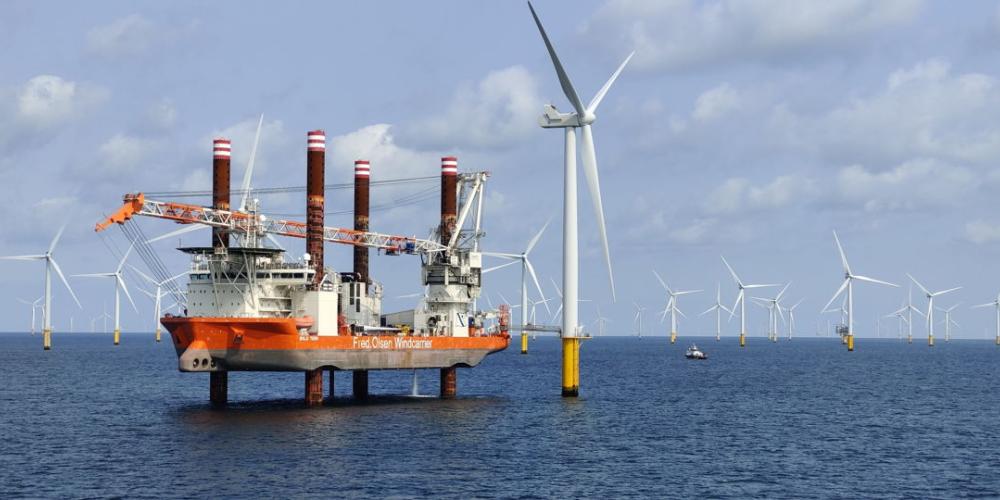
Innovative method makes wind energy cheaper and more efficient
Wind energy is an important renewable energy source, but the maintenance of wind farms is a very complex and expensive process. Reducing these costs is essential if the renewable energy from wind farms is to be truly sustainable. During his PhD studies, Dr Timothy Verstraeten from the Vrije Universiteit Brussel investigated how smart control strategies using artificial intelligence (AI) could reduce the maintenance costs of wind farms and make their energy production more efficient.
“Since the state of a turbine depends on several complex factors, there is great potential to use AI to make wind turbines interact more intelligently with their environment and with each other. This will allow us to supply renewable energy in a stable and reliable way,” says Dr Verstraeten.
Environmental factors such as wind speed, wind direction and temperature affect the condition of a wind turbine, making it difficult even for experts to fully assess a turbine’s condition. This is where artificial intelligence can help. By automatically finding complex relationships between control strategies and the condition of the turbines, the wind farm system knows what is good or bad for the health of the turbines. This can greatly reduce maintenance costs.
Under the guidance of Prof Dr Ann Nowé and Prof Dr Jan Helsen, Dr Verstraeten has developed a methodology in which AI helps to control a wind farm in a scalable and reliable manner. For this, Verstraeten worked with the Artificial Intelligence Lab and the Acoustics and Vibration Research Group/OWI Lab.
A turbine’s condition is mapped using a combination of mechanical research results, provided by the Acoustics and Vibration Research Group/OWI Lab, and external expertise from wind farm operators. In his research, Verstraeten used AI to intelligently connect this knowledge. For instance, he started using the similarities between the wind turbines, allowing them to share relevant data about their condition. This gives the control system a broader view of the condition of each individual turbine. He also used AI to get an overall view and to map dependencies between turbines. A turbine at the front of the farm that is operational leaves a delayed and turbulent wind flow behind it, meaning the turbines at the back of the farm produce less energy as a result. With the help of AI, the control system reduces this kind of production loss across the entire wind farm.
“Through our close collaboration with several wind farm operators, we plan to validate this control system on real wind farms in the near future,” says Dr Verstraeten.